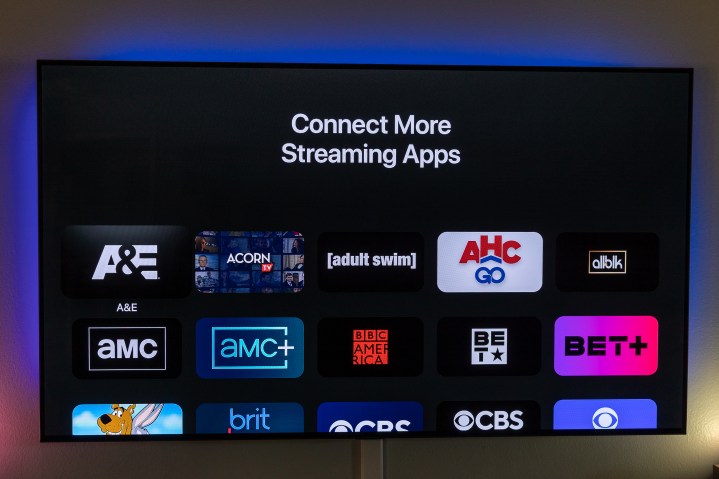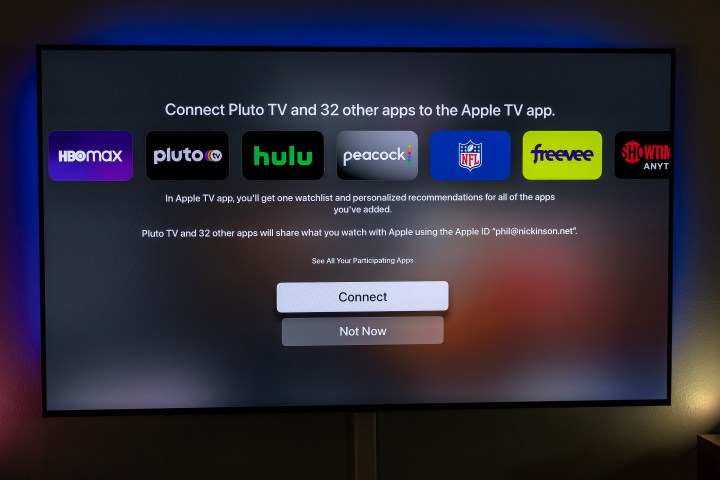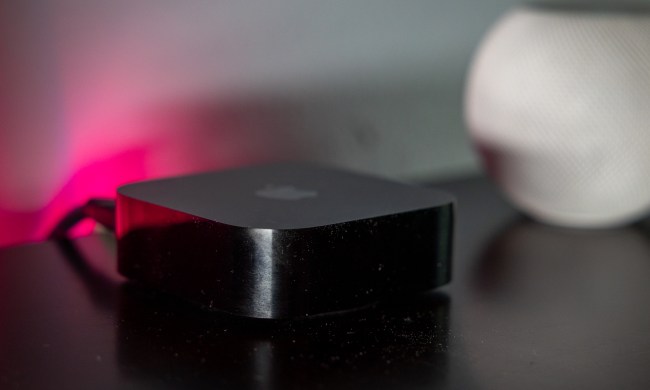Apple TV, insofar as the name is concerned, is a bit of a mess. It’s hardware — the Apple TV 4K box is still the best streaming hardware you can buy. It’s a streaming service unto itself — Apple TV+ is Apple’s take on HBO. And its software — tvOS technically is the name of the operating system, but there’s also a “TV” app … on Apple TV.
The Apple TV app itself also is, shall we say, a bit busy. It’s home not just to Apple TV+, but also to exclusive sports like MLS Season Pass and Friday Night Baseball. And if you’ve ever bought a movie or show from Apple, you’ll find them there, too. And if you’re signed in to another streaming app that plays nice with Apple’s TV app — and there are a lot of them — you’ll find that content in there, too.

The idea is that the Apple TV app is the one app to rule them all. Whether that’s a good idea or threatens to cause seizures is another matter for another time. But it’s also fairly easy to envision a world in which the TV app gets even more complicated, by way of FAST services.
For the uninitiated — and there’s a pretty good chance you’ve actually already experienced FAST services, even if you didn’t realize it — FAST stands for free ad-supported television. In other words, you pay nothing for all kinds of shows and movies. Some are great and are names you know. Others may be more obscure and were born from the edges of internet video. Various companies and rights owners package them up, sell ads against them, and serve ’em up for you, for free. It’s not a bad deal, really, and it seems like every major company has a FAST service.
Where things have really started to get interesting is how those services and channels are provided. Apps (or services) like Tubi, Pluto, and the Roku Channel package individual channels quite nicely in one place, and that’s fine. But there’s still a barrier to entry there — you have to download the app in the first place.
A couple of platforms have cut out the middleman. Amazon Fire TV and Google TV have integrated hundreds of free channels into their live guides. You don’t have to download a thing. Same for Roku with The Roku Channel, which it also makes available on other platforms.

That brings us back to Apple TV. (The app. On the platform. Though not necessarily the hardware.) There are a lot of eyeballs on FAST services. Paramount’s Pluto, for example, has 80 million monthly active users as of the first quarter of 2023. Fox’s Tubi isn’t far behind. Roku says The Roku Channel “reached U.S. households with an estimated 100 million people.” Google and Amazon are doing their part to get a share of those eyeballs, in addition to just giving their customers more to watch.
And Apple already has a way to integrate dozens of services — including a number of FAST services — into the TV app. Pluto is one. Tubi is another. The same goes for Plex, which in addition to being a home server for streaming files locally also includes a lot of free channels. Integrate the apps and you’ll see show and movie results when you search the Apple TV app.

That’s not quite the same as having live guides, though, putting the free content front and center the way Amazon and Google are doing. (That’s where lines blur between FAST and AVOD and linear-esque channels, which really just conflates things even further.)
Unknown is what Apple gets out of any of this. Does it get a cut of the ad revenue? (As presumably Google and Amazon are doing?) Or is it just getting more data about what folks are watching, and where they’re watching it?
So maybe the question is just a matter of how direct Apple wants to be in its presentation — and whether it can squeeze out a few more bucks in the process.



